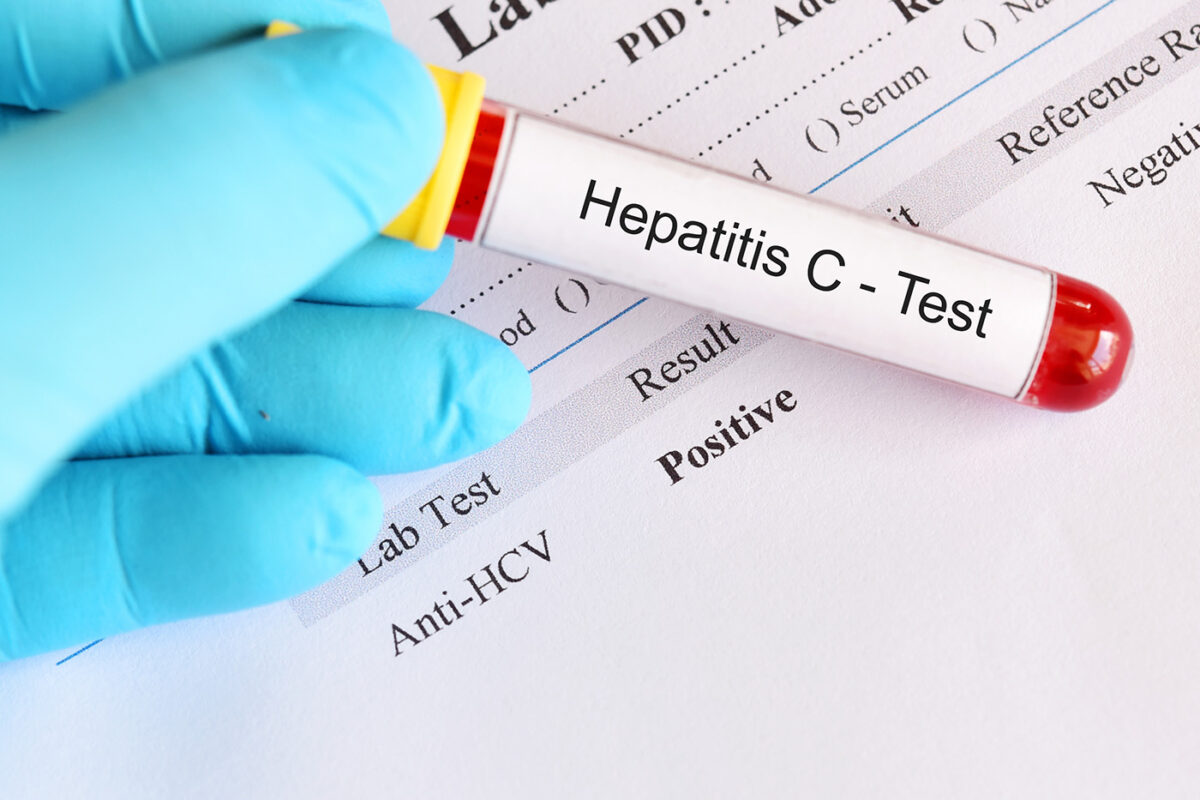Healthcare provider shortages continue to be one of the most pressing challenges faced by healthcare organizations and communities seeking to ensure access to quality care for their residents. Having a shortage generally means that large segments of the population do not have enough healthcare providers to meet their demand for care. Assessing provider shortages is a critical component of assuring broader access to quality care, including addressing insurance coverage gaps, out-of-pocket cost barriers, challenges with social needs such as transportation, and linguistic or cultural impediments.
This report uses state-specific physician licensure and insurance claims data to quantify primary care physician supply in Arkansas. More specifically, the report provides demographic and geographic profiles for “active” primary care physicians, i.e., primary care physicians contributing to the clinical workforce as evidenced by activity in insurance claims.
Key findings based on 2020 data include:
- There were 2,778 active primary care physicians in Arkansas in 2020. There were 9.2 active primary care physicians and 6 full-time primary care physicians per 10,000 Arkansans in that year.
- The data suggest active primary care physicians working less than full-time are crucial to ensuring primary care access. There were 2,958 full-time primary care physician equivalents statewide in Arkansas in 2020, or 9.8 per 10,000 people. This compares to 1,813 primary care physicians actively practicing on a full-time basis in 2020, with 6 full-time primary care physicians per 10,000 people.
- The increasing age of the full-time primary care physician workforce is concerning, with 27% of full-time primary care physicians in Arkansas being 60 or older and early-career primary care physicians who are under 45 being more likely than physicians in other age groups to practice less than full time. This could become a particularly acute challenge for some rural counties which are served by only one or two full-time primary care physicians.
- There were disparities in active primary care physicians by sex, with males representing more than two-thirds (68%) and females representing less than one-third (32%) of active primary care physicians in 2020. The disparity among active primary care physicians by sex narrowed in lower age ranges, suggesting increases in the primary care physician workforce pipeline among females. However, among full-time primary care physicians, wider disparities by sex were observed even among younger physicians, suggesting a preference among younger female physicians for part-time work.
- Although Black and Hispanic Arkansans represent 14.9% and 8.5% of the state’s population, respectively, they only represent 6% and 2.5%, respectively, of the active primary care physician workforce in Arkansas. In counties with large minority communities, cultural and linguistic access barriers could persist without intentional and sustained efforts to diversify the physician workforce.
This is the first time that Arkansas’s primary care physician workforce has been profiled in this way, and the report is intended to be the first in a series of assessments that will characterize the state’s healthcare workforce to inform clinical leaders and policymakers regarding decisions that impact provider access for Arkansas communities.







